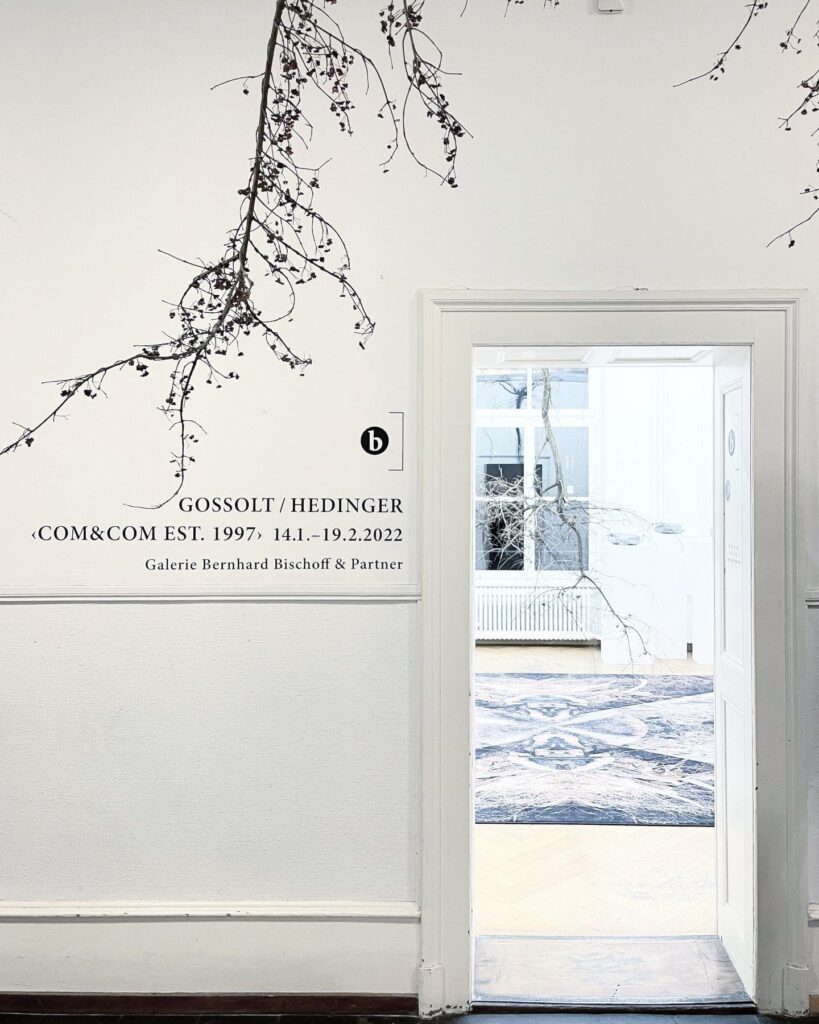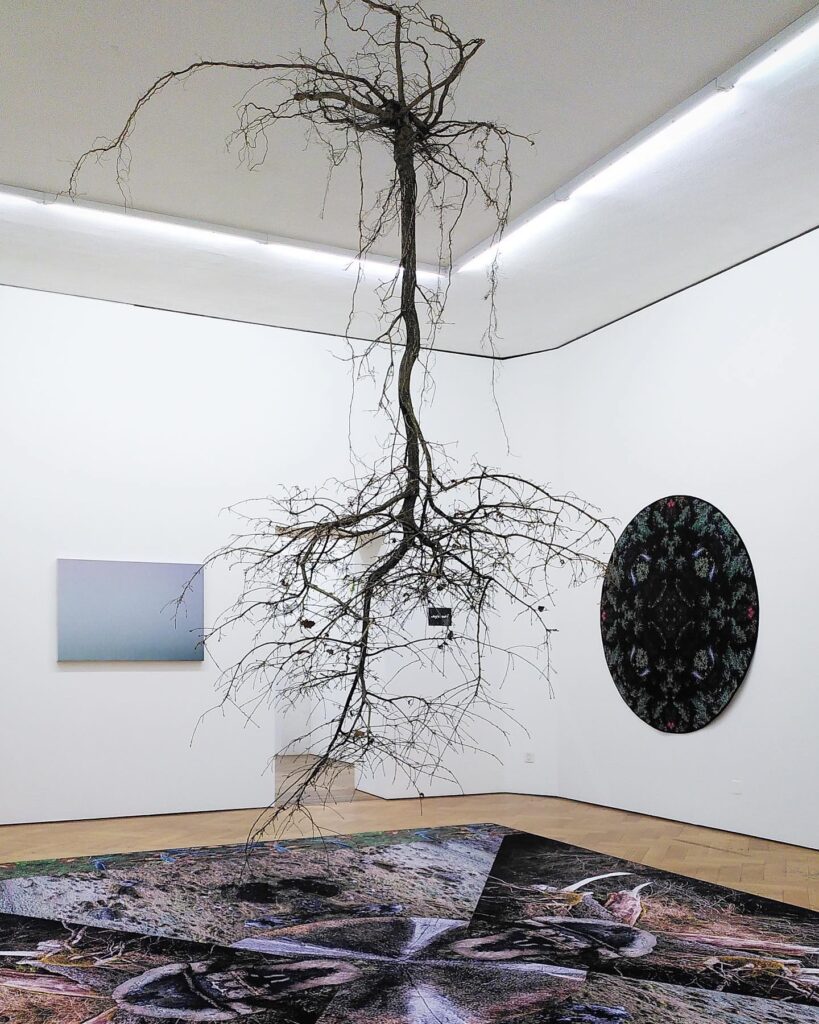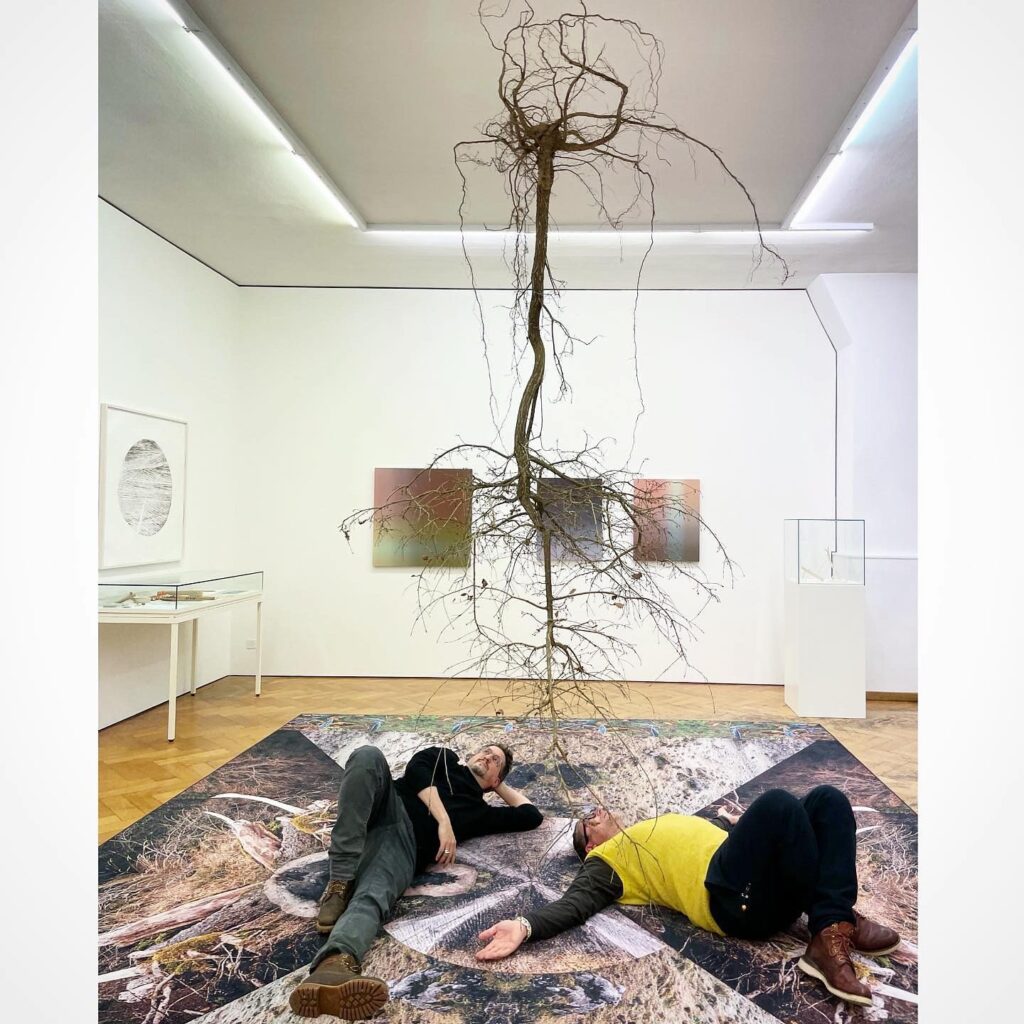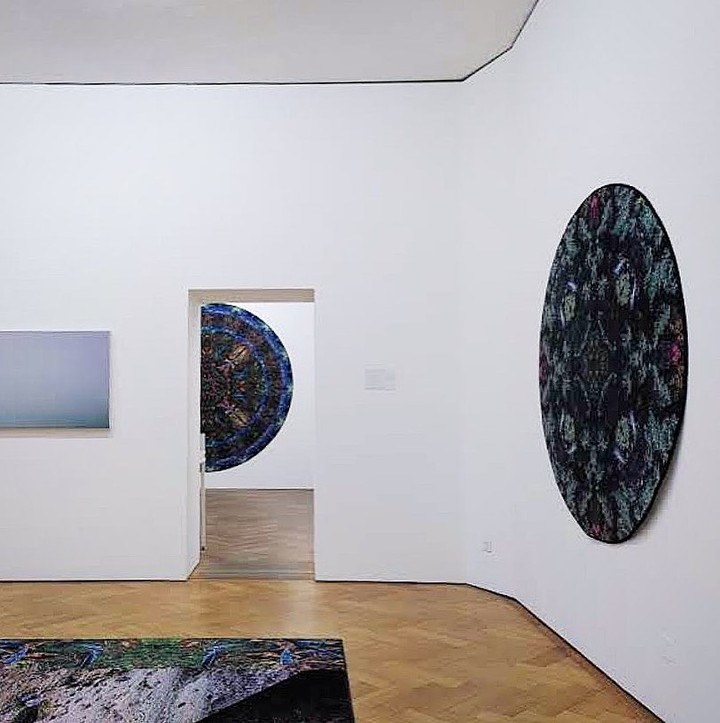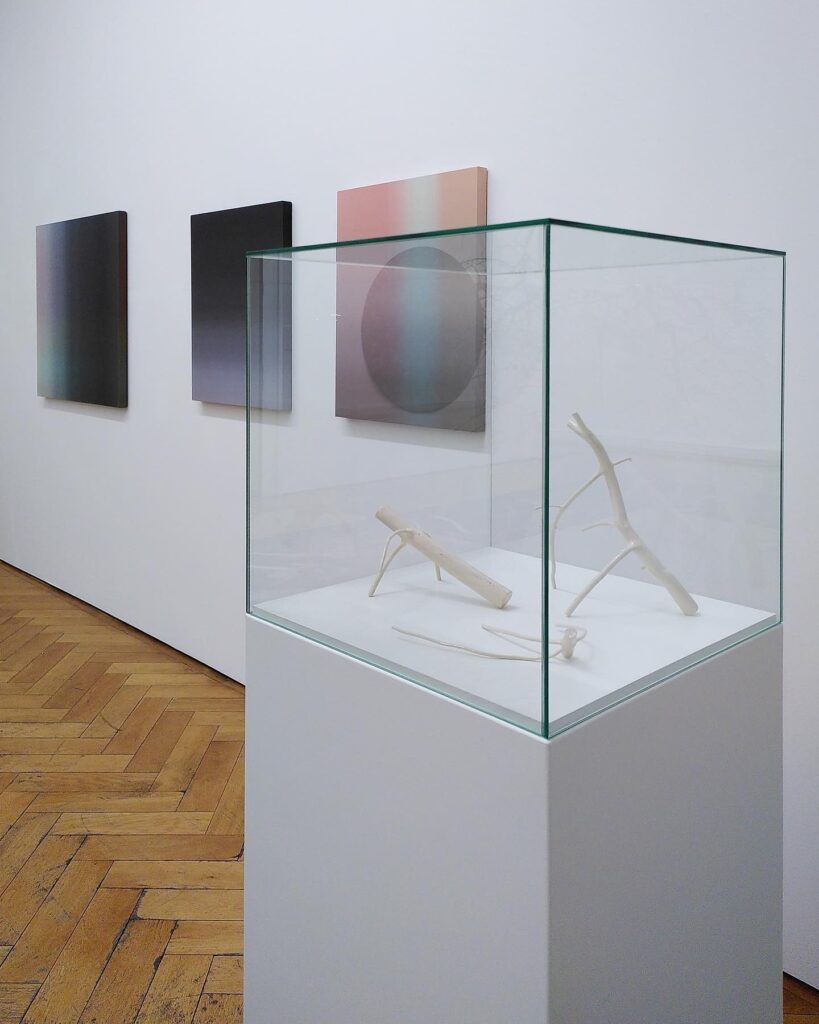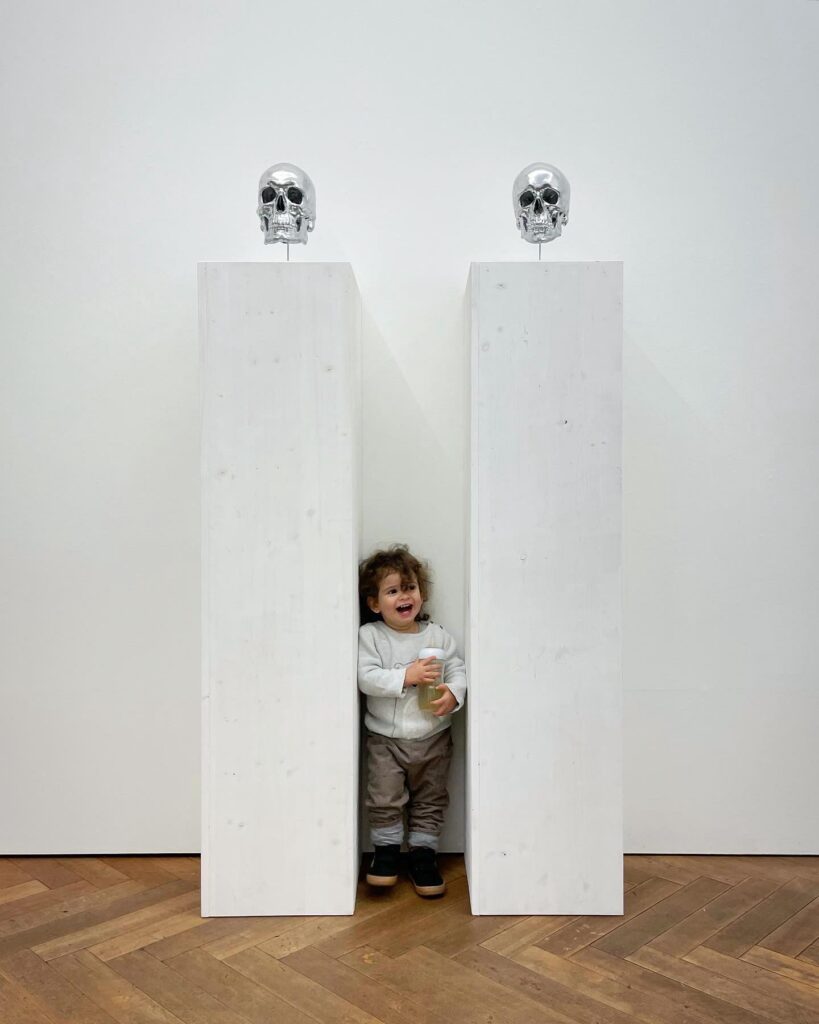ILEA Gallery
Gutbesuchte Vernissage der Ausstellung „Gras Geschichten / Stories of Gras“ des indischen Künstlers Dharmendra Prasad in der ILEA Gallery. Im Sommer 2022 verbrachte der Künstler drei Monate in der ILEA-Künstlerresidenz in Tenna und befasste sich intensiv zum Thema Gras (so entstand auch das Gras Museum, das Teil der Biennale Art Safiental war und dessen Fassade noch immer besichtige werden kann). Während diese Zeit in Tenna begann der Künstler sich intensiv mit Gras zu beschäftigen und mit ihm als Material und Medium zu arbeiten. Die Ausstellung zeigt sowohl ein Rückblick auf diese Phase, wie auch die Fortsetzung seiner Arbeit in Indien zum selben Thema.
Die Ausstellung läuft bis zum 29.10.2023 und kann zu den Öffnungszeiten des Berghotel Alpenblick besucht werden (Mi-Sa 10-22, So 10-18, Mo+Di Ruhetage), es liegen im jeden Stock Informationsblätter für eine selbstgeführte Tour bereit. Die Ausstellung erstreckt sich über 4 Stockwerke. Die Ausstellung wird kuratiert von Johannes M. Hedinger und Shazeb Shaikh, Produziert von ILEA und EAE (Environmental Art Exchange). ILEA und ILEA Gallery wird unterstützt von Naturpark Beverin und die Gemeinde Safiental
Handout
Pressetext
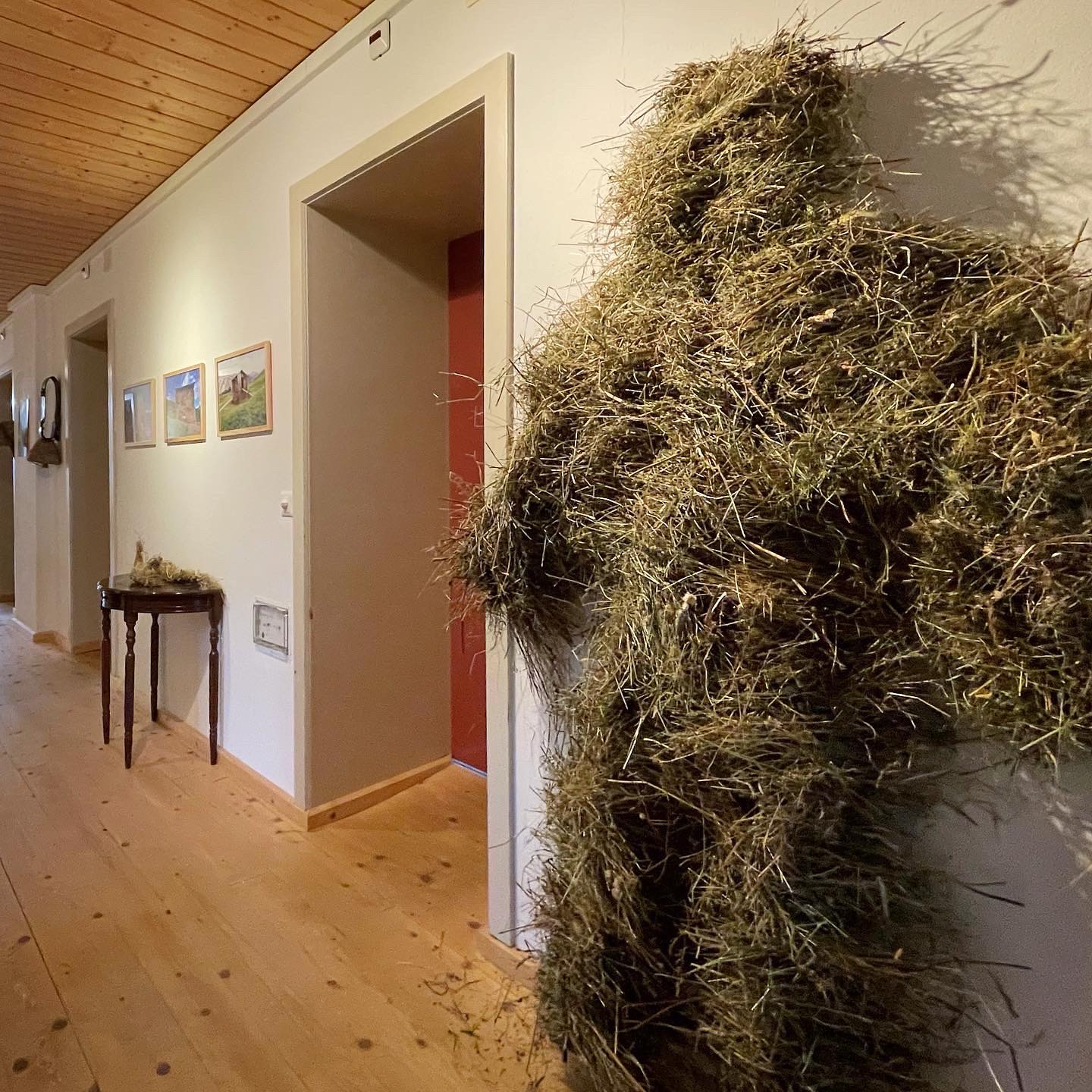
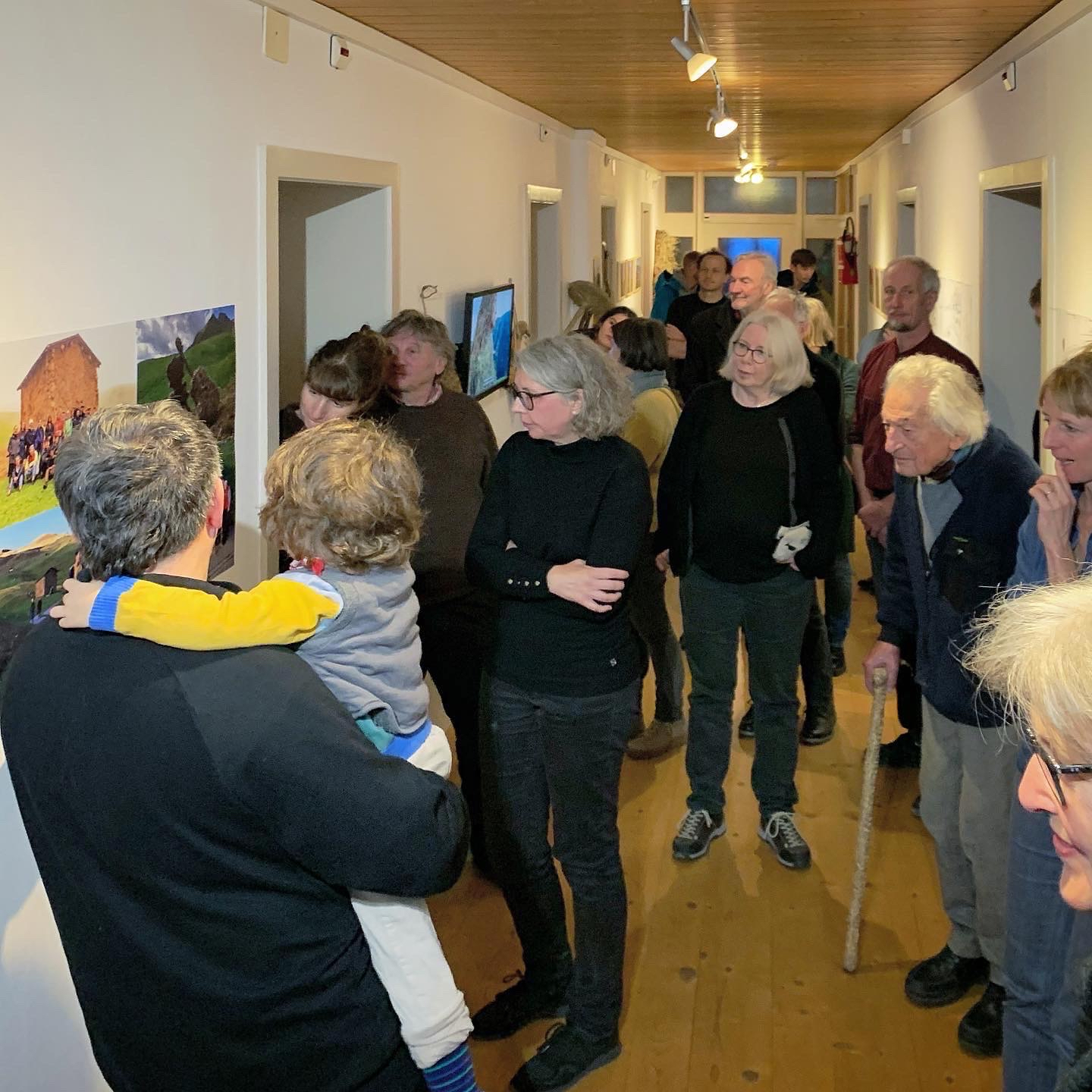
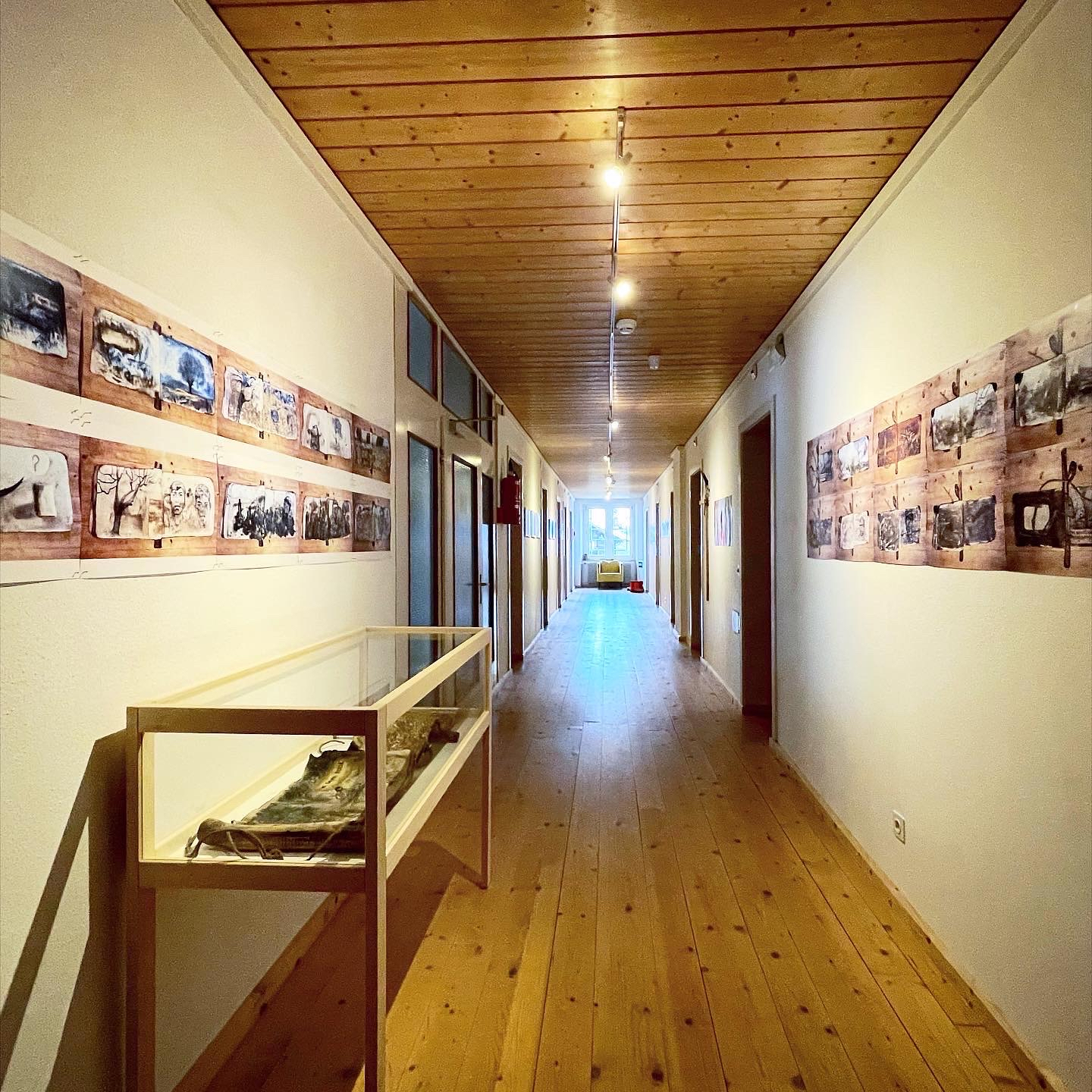
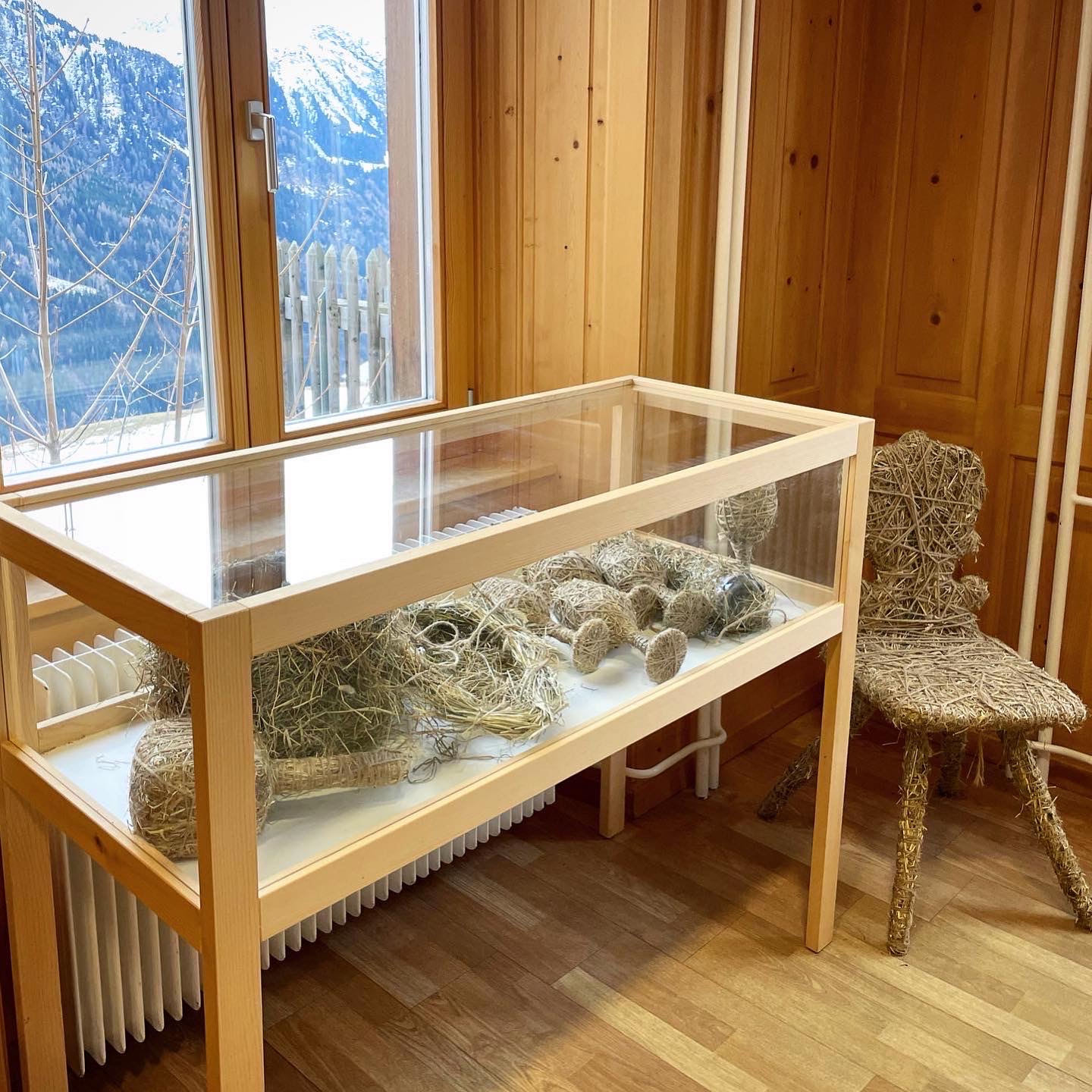
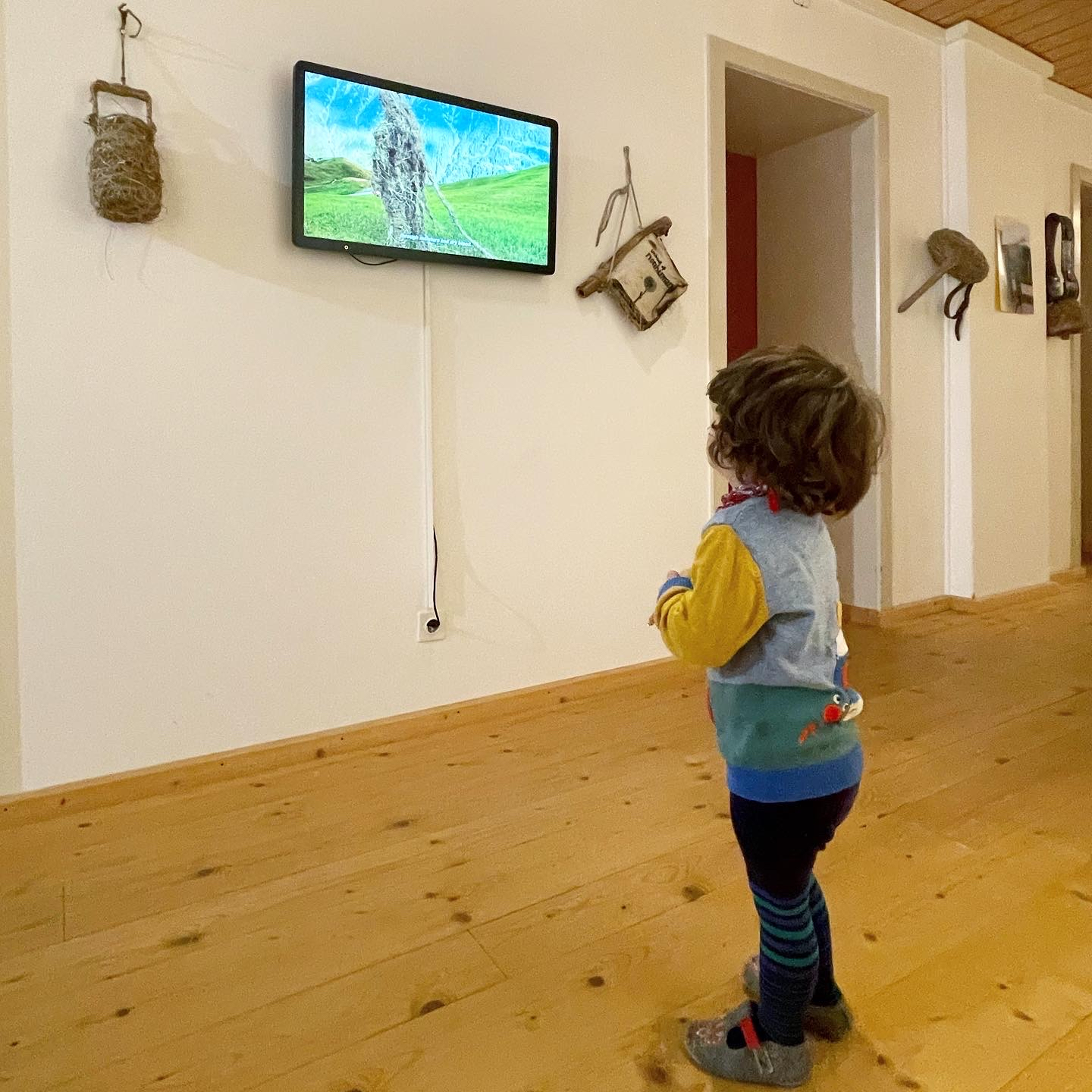
Artivation #2 : Happy New/Old Year

While in Tenna, Grisons, in the Swiss Alps, shortly before midnight of the year 2022, Com&Com made a video call via WhatsApp. The artists spoke with the artist Dharmendra Prasad and the curator Shazeb Sheikh, with whom they had just opened a joint exhibition.* Because at the time of their conversation, both Shazeb and Dharmendra were in India, they were already several hours into the year 2023. India was in the future. This inconspicuous event (of a WhatsApp conversation) lent itself to another iteration, and they thus decided to reenact it exactly the same way shortly after midnight—having arrived in the meantime in the year 2023—by sending a text message in the other direction to the curator Nora Hauswirth in Manaus, Brazil. The message was sent to the past.
What Com&Com engaged with was a Fluxus event score In One Year and Out the Other written by Ken Friedman in 1975. The score reads “On New Year’s Eve, make a telephone call from one time zone to another to conduct a conversation between people located in different years.”

Today known as an artist, author, educator and design researcher, Ken Friedman (*1949) was the youngest member of Fluxus, when he joined the group on Maciunas’ invitation in 1966. During the heyday of Fluxus, Friedman worked closely with other Fluxus artists and composers such as George Maciunas, Dick Higgins, and Nam June Paik, as well as collaborated with John Cage and Joseph Beuys. He was also the general manager of Dick Higgins’s Something Else Press in the early 1970s.
Friedman’s In One Year and Out the Other was first performed on New Year’s Eve in 1975, when Friedmann—based at that time in Springfield, Ohio—first phoned ahead to Dick Higgins, Nam June Paik, Peter Frank, Christo and Jeanne-Claude in New York, who were already in the year 1976. Then, after midnight, he called back from 1976 to Tom Garver, Natasha Nicholson, and Abraham Friedman in California.
The spirit of Ken Friedman’s score is alive and well today, although it has mutated since to take alternative forms. Television broadcasts, social media posts, texting and email are just some of the adaptations that fit within the most straight forward parameters of Friedman’s idea: to connect individuals and communicate between times and temporal zones.
The work, like many Fluxus works, at the first glimpse straight forward and easy-to-enage-with, asks significant questions about how we understand time and space, and what it means to measure time with mechanical means. Dennis Oppenheim pointed to the absurdity of marking time as territory and political boundaries in his Time Line (1968). What do such artificial, political and temporal zones and distances mean in a world connected via digital media, where everything seems to be just a mouse click away? How does the “new year” feel like as an anticipation or as an accomplished fact? Can we manipulate, rewind, and recover time?

*«Gras Geschichten / Stories of Grass» by Dharmendra Prasad. An exhibition curated by Shazeb Sheikh und Johannes M. Hedinger at the Institute for Land and Environment Art ILEA in Tenna, Safiental (December 31, 2022–October 29, 2023).
Artivation #1: Zen for Internet
Over the next four years, within the framework of the research project SNSF Activating Fluxus, you may expect to encounter “Artivations,” that is, artistic activations – adaptations, (re)enactments, (re)interpretations, and new productions. They will be done in the spirit of Fluxus, the avant-garde movement that changed, in the 1960s and 70s, how art is done and what it means to create an artwork. They will be initiated, curated, and, at times, created and executed by the Swiss art collective Com&Com, founded in 1997 by Marcus Gossolt and Johannes M. Hedinger.
In 2014, invited to contribute to an exhibition Revision: Zen for Film at Bard Graduate Center Gallery New York (September 18, 2015 – February 21, 2016), they created a work titled Zen for Internet.

Using the iconography of the internet and computer, the work features an endlessly rotating “loading wheel” on a white background. Typically, the “loading wheel” would be a temporary, in-between state before seeing the fully loaded image. Zen for Internet, however, indefinitely freezes the in-between-ness; the viewers never see the desired image.
The work refers directly to Nam June Paik’s iconic work Zen for Film (1962-64). Fifty years after Paik’s intervention, the Swiss artists decided to continue, in the digital world, the themes inherent to Paik’s work such as Zen, silence, nothingness, boredom, trace, chance and materiality.
The artists conceived of Zen for Internet existing in multiple iterations in a variety of media: as a website (www.zen-net.org), a thirty-minute video (accessible on YouTube and below), a painting, and as various types of merchandise including t-shirts, pillows and tote bags, as seen on the image down below. In addition to appropriating the themes of duration and nothingness from Paik’s Zen for Film, Zen for Internet speaks to the inherent mutability of a Fluxus work and to the changeability of its concept. Rather than existing in a single instantiation, Zen for Internet work can exist in a variety of formats, just as Zen for Film existed in an assortment of contexts, all of which were still “authentically” the work.
But in the context of the project, the relevant questions raised by this work are: What does it mean to activate a historical, canonical, and seemingly well-known work (on this topic, see Hölling, Revisions: Zen for Film, 2015) in the digital age and for the post-digital audience? How can a work be revived, or revitalized, in a world which is different from how it was back in the 1960s? Can intermediality be thought of on a larger timescale to involve intergenerational shifts, adaptations and borrowings? What can creativity, artistic interpretation, and appropriation bring into the picture of conservation? And, last but not least, how to preserve boredom without being bored, and boring?

Grasgeschichten
Die neue Ausstellung in der ILEA Gallery im Berghotel Alpenblick in Tenna zeigt mit «Gras Geschichten» eine Einzelpräsentation des indischen Künstlers Dharmendra Prasad. Er verbrachte im vergangenen Sommer rund drei Monate in der ILEA-Künstlerresidenz in Tenna. Während diese Zeit begann er sich intensiv mit Gras zu beschäftigen und mit ihm als Material und Medium zu arbeiten. Dabei entwickelte sich Gras für ihn zu einer nicht-menschlichen Persönlichkeit. Die Ausstellung ist sowohl ein Rückblick auf die in Tenna entstandenen Werke (Objekte, Zeichnungen, Texte, Fotos, Videos, Performances und Installationen), wie auch zeigt die Schau die Fortsetzung seiner Arbeit in Indien zum selben Thema. Dem lokalen Publikum noch in guter Erinnerung sein dürfte das Grasmuseum oberhalb von Tenna, das Teil der letzten Art Safiental-Biennale war und noch bis Ende Winter weiterhin besucht werden kann.
Ausstellungsdauer: 31. Dez 2022 bis 29. Okt 2023
Handout
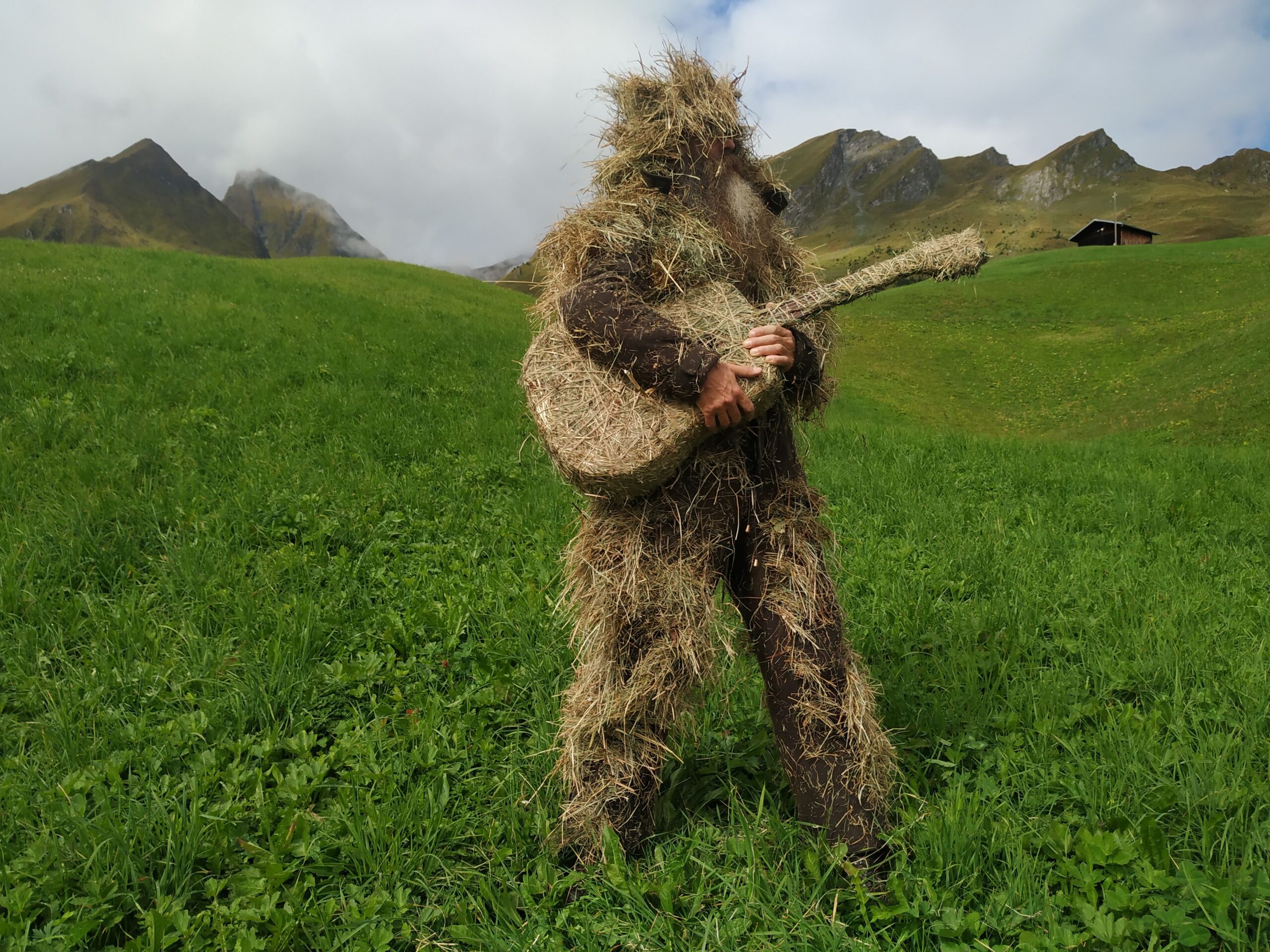
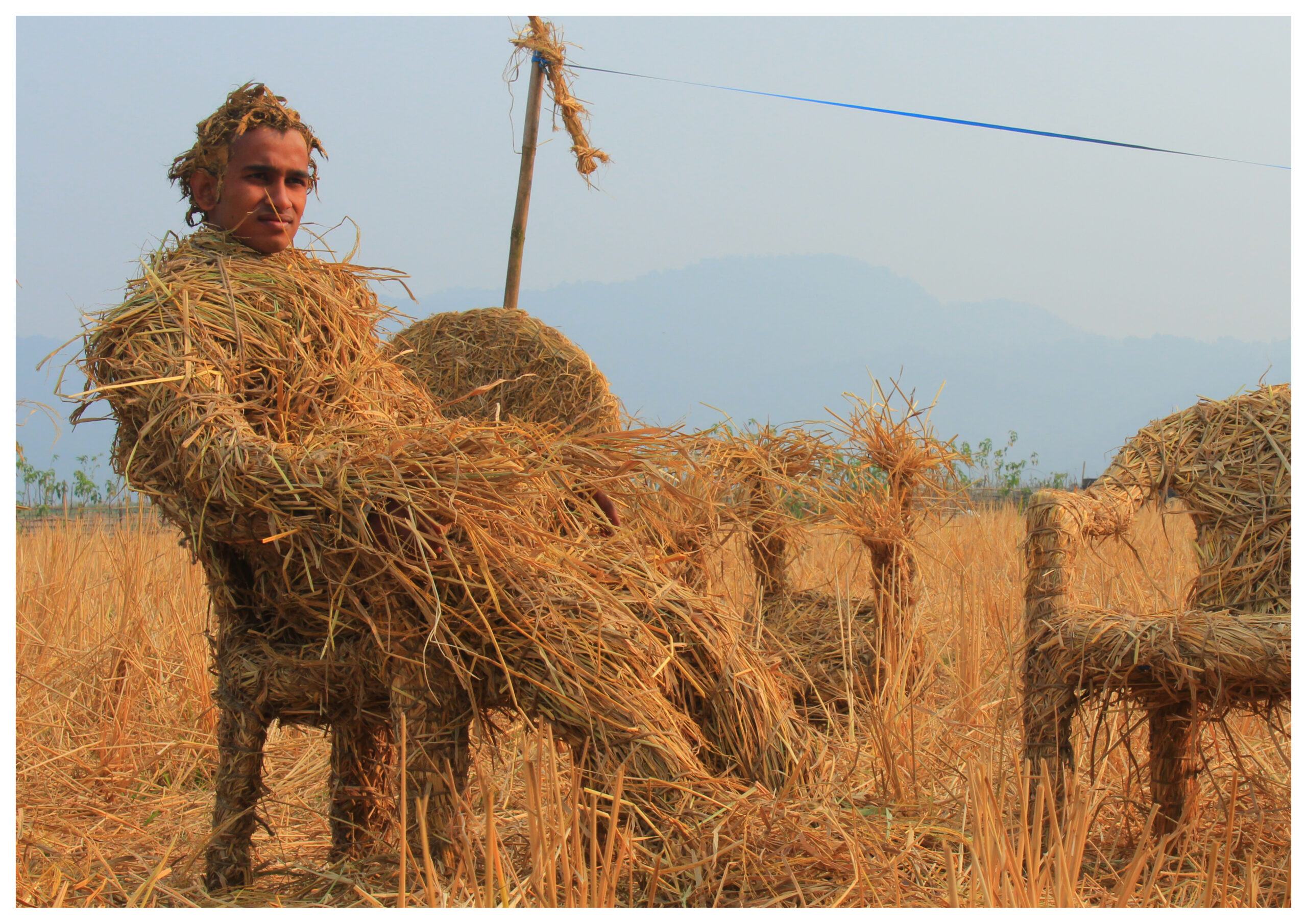
Crowdfunding
(Die Aktion läuft nur bis 4. Dezember 2022)

SHORT FACTS
Vexer Verlag St.Gallen/Berlin
Annemarie Bucher (CH), Damian Christinger (CH), T.J. Demos (US), Friday for Future, Donna Haraway (US), Johannes M. Hedinger (CH), Naomi Klein (CA), Klimastreik (CH), Bruno Latour (FR), James Lovelock (UK), Timothy Morton (US), Dharmendra Prasad (IN), Michel Serres (FR), Vandana Shiva (IN), Greta Thumberg (SE) u.a.
Lara Almarcegui (ES, NL), Badel/Sarbach (CH), Ursula Biemann (CH), Julius von Bismarck (DE), Buchli/Isenschmid (CH), Com&Com (CH), Saskia Edens (CH), Lithic Alliance (CH/BE), Marcus Maeder (CH), !Mediengruppe Bitnik (CH/DE), Dharmendra Prasad (IN), Simon/Odermatt (CH), Sound Kite Ensemble (CH), Gerda Steiner & Jörg Lenzlinger (CH), Ben Vautier (FR/CH).



Fragebogen Tagblatt
Was Com&Com gerade neu lernt und worauf wir uns freuen – Fragebogen im Tagblatt
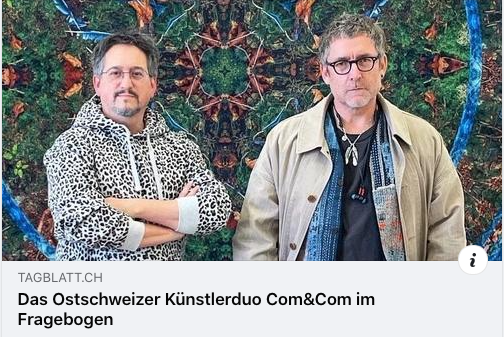
ILEA Workshop
Eindrücke vom ILEA Kick Off-Workshop am 4/5.3.22 in Tenna. Think Tank und Workshops für ein neues Kompetenz- und Forschungszentrum für Kreativwirtschaft im Safiental. Organisiert vom zukünftigen Institute for Land and Environmental Art. Workshops durchgeführt vom Dezentrum, hosting von Alpenblick Tenna und Gemeinde Safiental. Unterstützt durch das NFP Berggebietsprogramm, Coaching durch Seecon (Bilder von: Benedikt Joos, Dominik Landwehr, Andrea Studer, Lena Witschi, Johannes Hedinger).
Entrepreneurship
“Entrepreneurship – Oder die Verheissung des brotlosen Glücks” – Gruppenausstellung im Kunst Raum Riehen mit Fokus auf verschiedene Formen des künstlerischen Unternehmertums. Gezeigt werden auch Positionen, welche die Bedingungen des Künstlerdaseins in ihren Arbeiten thematisieren. Kuratiert von Fabio Luks. Mit David Berweger, Beni Bischof, Mickry 3, Johannes Hedinger, Olivia Hernaïz, San Keller, Lysann König, Fabio Luks, Maria Pomiansky, Milva Stutz, Vera Trachsel.
Von mir wird die Forschungsarbeit THE NEW ARTIST gezeigt.
26.32. – 18.4. 2022, Kunst Raum Riehen


Berge von Kunst
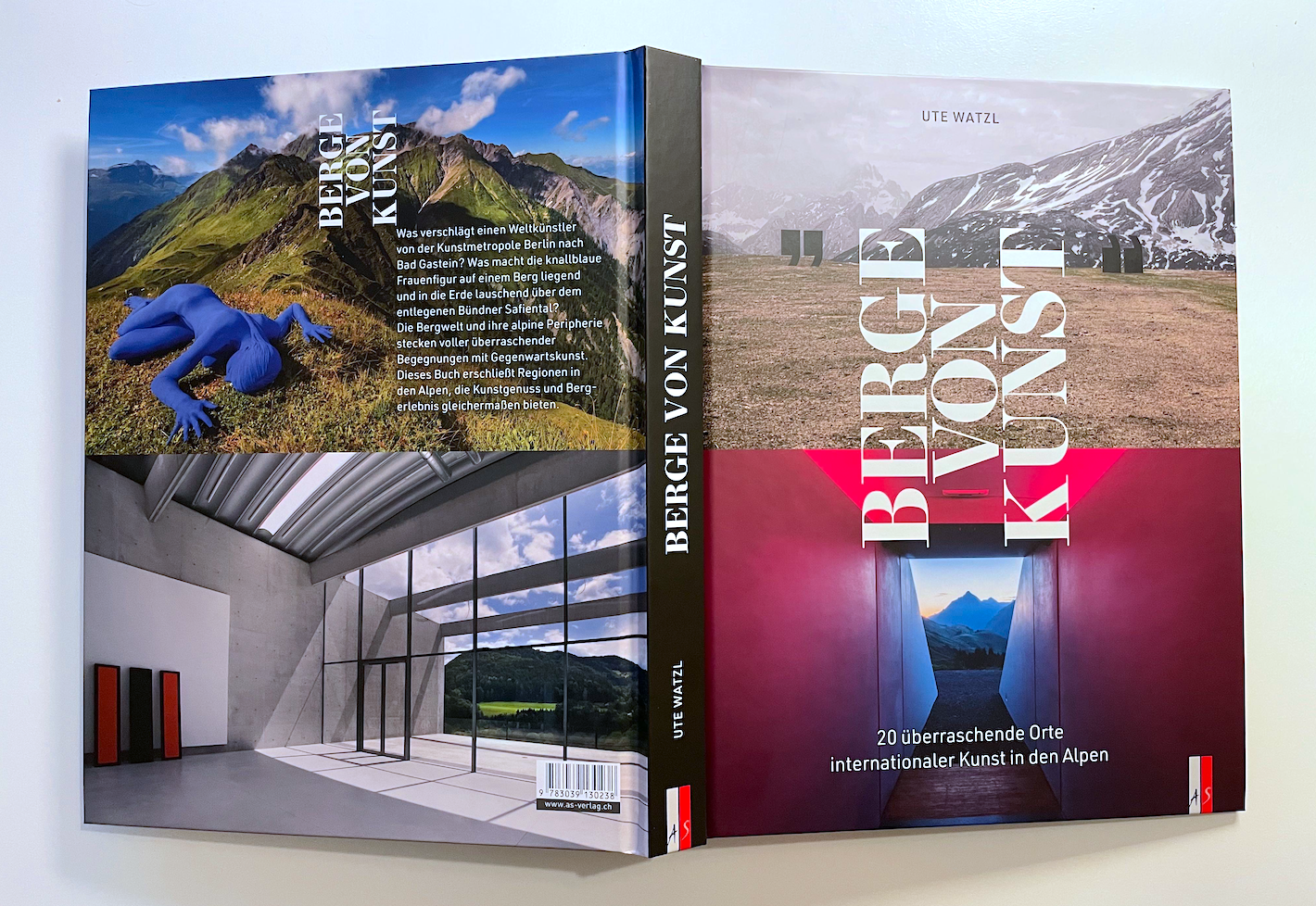
Eben erreicht uns “BERGE VON KUNST”, das neue Buch von Ute Watzl, die 2020 bereits über die von mir kuratierte Biennale Art Safiental berichtet hat (hier). Der schön gestaltete, über 200 S. schwere Bildband portraitiert 2o Kunstorte in den Schweizer, österreichischen, deutschen und italienischen Alpen. Unserer Biennale kommt dabei die Ehre zu, den Band zu eröffnen mit insgesamt 12 Seiten und 15 Abbildungen samt Rückumschlag. Erschienen im AS Verlag, > weitere Infos und bestellen


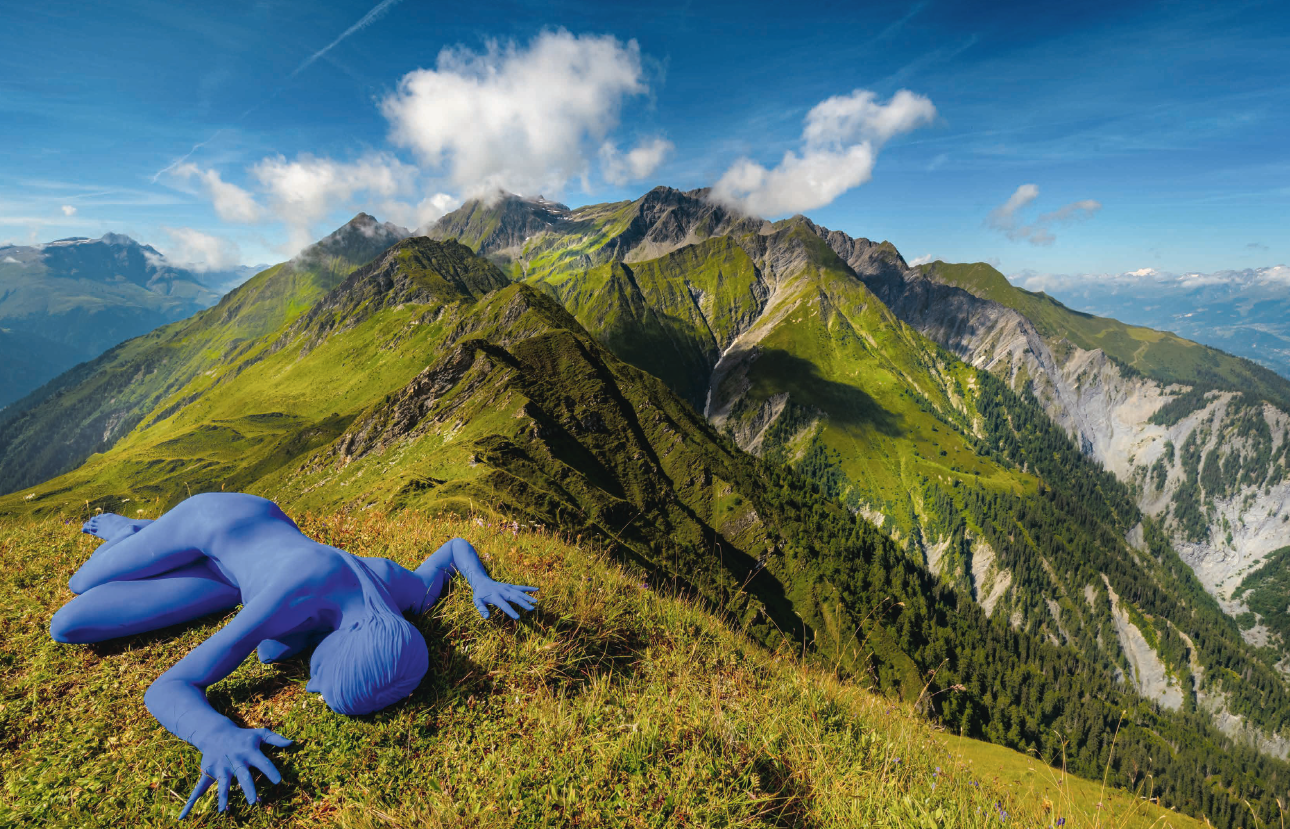

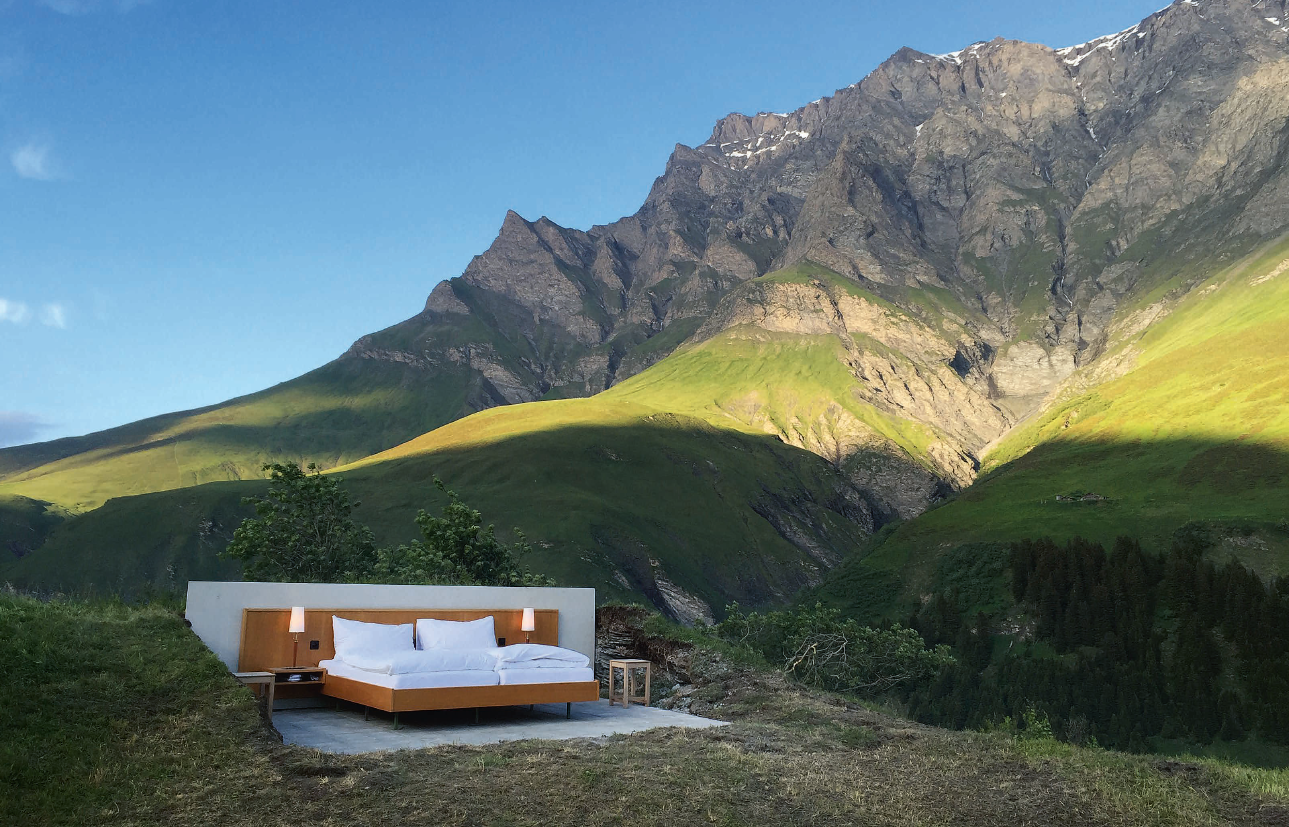

25 Jahre Com&Com
25-Jahre-Jubiläumsausstellung des Künstlerduos Com&Com (Johannes M. Hedinger/Marcus Gossolt) in der Galerie Bernhard Bischoff in Bern: 50 Werke aus 25 Jahren + 2 neue Werkgruppen: Bäume in Zusammenarbeit mit Diebold/Zgraggen, Teppiche mit Martin Leuthold. – Noch zu sehen bis 19. Februar.
